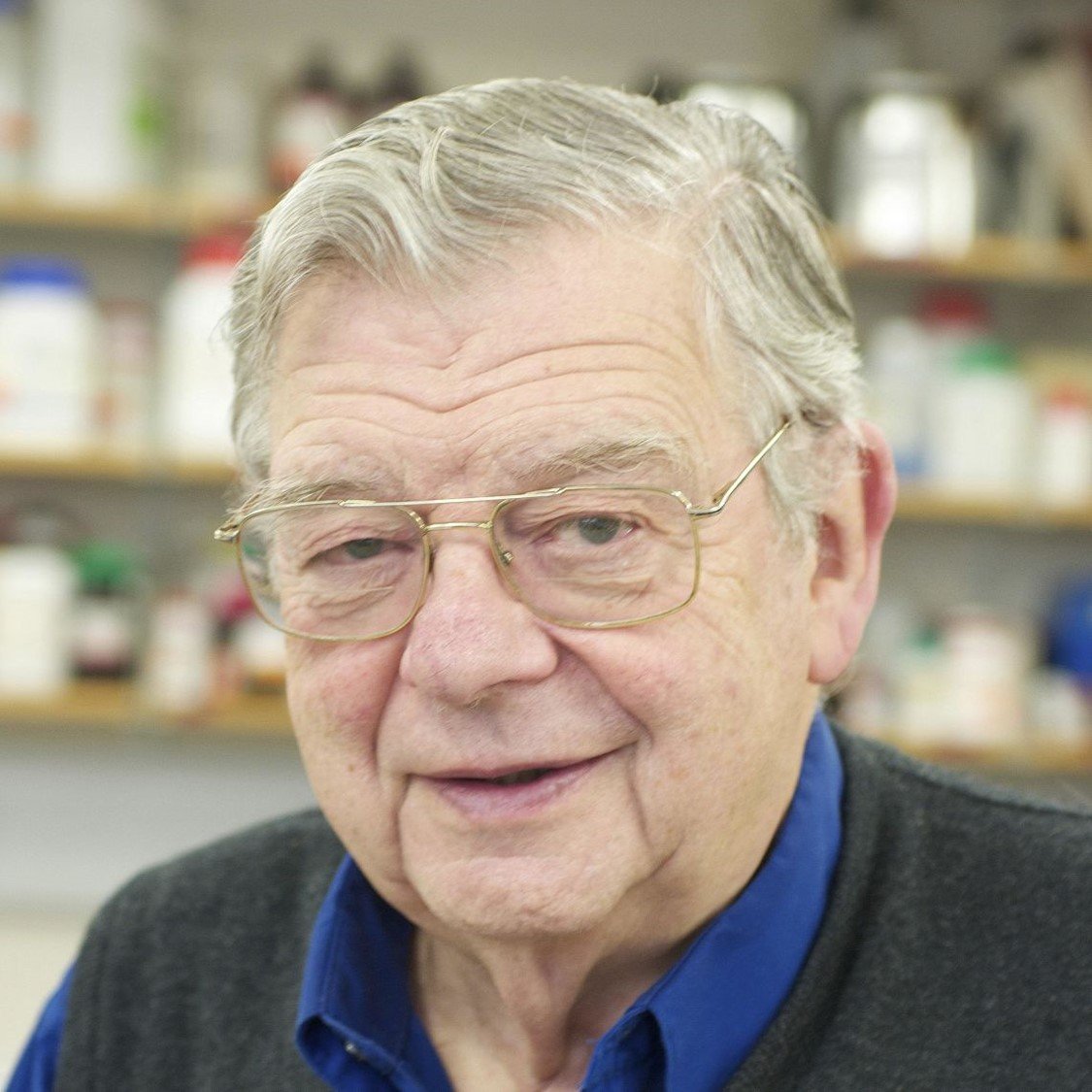Targeting Solid Tumors and the Microenvironment with Novel Immunotherapies
A special issue of Cancers (ISSN 2072-6694). This special issue belongs to the section "Tumor Microenvironment".
Deadline for manuscript submissions: closed (30 January 2024) | Viewed by 18671
Special Issue Editors
2. Department of Medicine, University of Oklahoma Health Sciences Center, Andrews Academic Tower, 800 Stanton L. Young Blvd, Oklahoma City, OK 73104, USA
Interests: immunotherapy; CAR-T cells; tumor microenvironment; checkpoint protein; hypoxia; tumor survival signaling
Special Issues, Collections and Topics in MDPI journals
Special Issue Information
Dear Colleagues,
It is very important to understand the mechanisms of tumorigenesis and surrounding tumor microenvironment in order to more efficiently target tumors. Recently, novel cell therapies such as CAR-T cells have been developed against hematological cancers, but these are not very effective against solid tumors. In addition, tumors adapt to different targeted therapies and develop resistance to treatment. Thus, novel therapeutic combination approaches and immunotherapies are needed to best target not only tumors but the surrounding microenvironment, as well.
The goal of this Special Issue is to highlight novel immunotherapies against solid tumors such as oncolytic viruses, vaccines, dendritic vaccines, TCR mimics, neoantigens, personalized medicine approaches, epigenetic and genetic signaling, nanoparticle-based immunotherapies, NK cells, CAR-T cells, checkpoint inhibitors, and modulators of the microenvironment.
In this Special Issue, original research articles and reviews are welcome. Research areas may include but are not limited to the following: personalized therapy, vaccines, oncolytic viruses, dendritic vaccines, monoclonal antibodies, bispecific antibodies, cell therapies, mechanisms of tumor resistance, and tumor microenvironment pathways.
Dr. Vita Golubovskaya
Prof. Dr. Walter F. Bodmer
Guest Editors
Manuscript Submission Information
Manuscripts should be submitted online at www.mdpi.com by registering and logging in to this website. Once you are registered, click here to go to the submission form. Manuscripts can be submitted until the deadline. All submissions that pass pre-check are peer-reviewed. Accepted papers will be published continuously in the journal (as soon as accepted) and will be listed together on the special issue website. Research articles, review articles as well as communications are invited. For planned papers, a title and short abstract (about 100 words) can be sent to the Editorial Office for announcement on this website.
Submitted manuscripts should not have been published previously, nor be under consideration for publication elsewhere (except conference proceedings papers). All manuscripts are thoroughly refereed through a single-blind peer-review process. A guide for authors and other relevant information for submission of manuscripts is available on the Instructions for Authors page. Cancers is an international peer-reviewed open access semimonthly journal published by MDPI.
Please visit the Instructions for Authors page before submitting a manuscript. The Article Processing Charge (APC) for publication in this open access journal is 2900 CHF (Swiss Francs). Submitted papers should be well formatted and use good English. Authors may use MDPI's English editing service prior to publication or during author revisions.
Keywords
- vaccine
- checkpoint inhibitor
- TCR mimics
- T cells
- B cells
- NK cells
- macrophages
- antibodies
- oncolytic viruses
Benefits of Publishing in a Special Issue
- Ease of navigation: Grouping papers by topic helps scholars navigate broad scope journals more efficiently.
- Greater discoverability: Special Issues support the reach and impact of scientific research. Articles in Special Issues are more discoverable and cited more frequently.
- Expansion of research network: Special Issues facilitate connections among authors, fostering scientific collaborations.
- External promotion: Articles in Special Issues are often promoted through the journal's social media, increasing their visibility.
- Reprint: MDPI Books provides the opportunity to republish successful Special Issues in book format, both online and in print.
Further information on MDPI's Special Issue policies can be found here.







